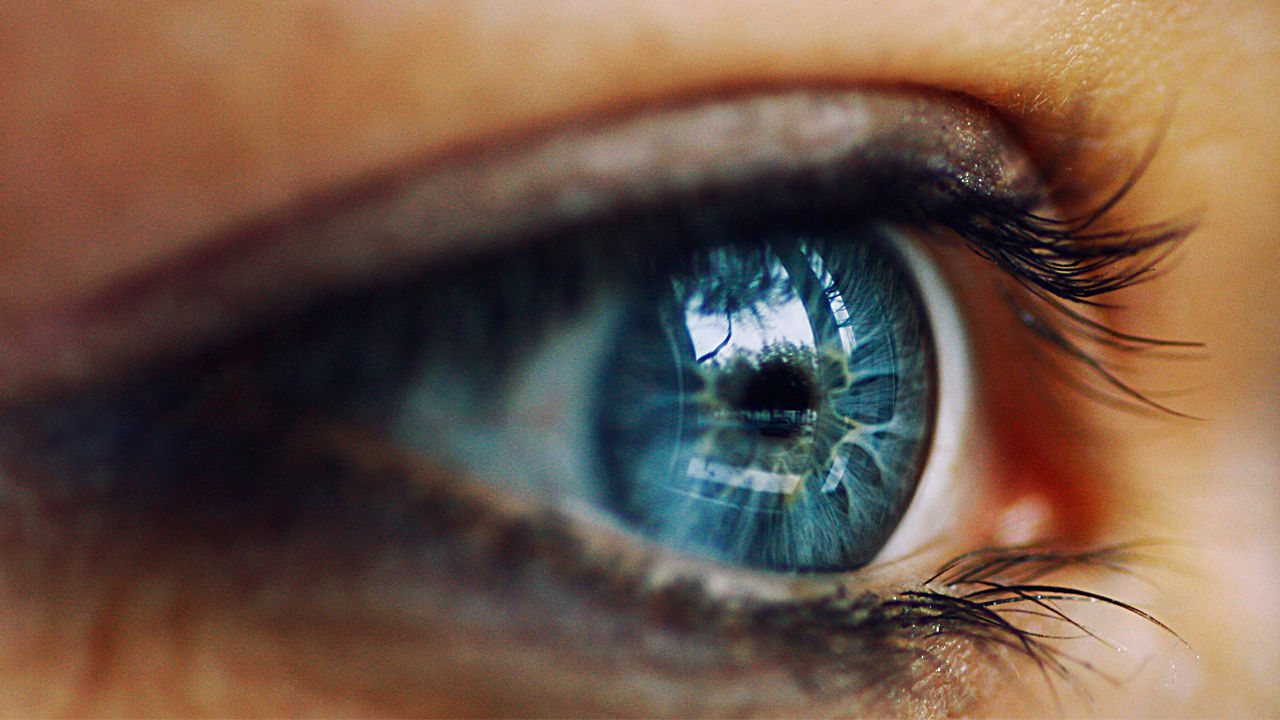
A turned-down mouth, sweaty palms, and eyes that drift up and to the side—if you believe conventional wisdom about lying, these are telltale signs. But they’re not always that accurate, suggests a new study published in the Journal of Experimental Psychology: Applied.
Chris Street, an investigative psychology lecturer from the University of Huddersfield in the U.K., and Daniel Richardson, senior lecturer on cognitive, perceptual, and brain sciences at University College London, conducted an experiment on a busy street in London, asking passers-by if they’d be willing to be interviewed for a documentary on tourism. They were told that the filmmakers were running out of time and, in addition to describing genuine travel experiences, would they talk about places they had not actually visited? Inside the studio, the participants were interviewed by a director whom they believed was unaware that they had agreed to lie on film.
“The idea was that they were lying to someone that they could potentially deceive,” says Street. “They were lying on behalf of another person, but the lie was spontaneous and told with an intention to mislead.”
The video footage gave Street and Richardson a chance to study gestures that happen while someone is lying. While most of us have been told to look at body language, Street discovered that you can tell more by relying on a single cue, especially whether or not a person is thinking hard.
THE SIGNS
“There is a gap between my asking you a question and the beginning of your response; we call that the response latency,” says Street. “We might expect liars to show a longer latency than truth-tellers, although that depends on other factors, such as whether the lie has been rehearsed or not. According to some researchers, we might also expect speech hesitations or errors in speech, as well as fewer hand and arm movements.”
There are a number of reasons why people might have to think harder when they are lying than telling the truth, says Street. “When we tell the truth, we tend to believe that others will believe what we say because it is the truth,” he says. “When we lie, we do not take our credibility for granted. Liars may plan their statements and monitor their behavior. And of course, they need to invent the lie itself, ensuring that it is consistent with what the listener already knows to be true.”
Focusing on the amount of effort the respondent gives to answering the question—whether or not they’re thinking hard—gives better accuracy to lie detection than asking people to rate statements as truth or lies, says Street.
Lie detection also relies on context and subtleties, says Street. If the lie has been planned out and thoroughly rehearsed, the speaker might not need to think so hard about what they are saying. While studies find that the response latency is longer for liars because they need to think about what they say, if they have already planned their statement, studies show that the response latency is actually shorter than with truth-tellers.
THE MYTHS
Street’s research found that liars do not seem to give as much away in their visual behavior as originally thought. “One of the first questions I get asked is whether liars look up, based on teachings by neuro-linguistic programming (NLP),” he says. “There is a wide array of data showing that the claims of NLP do not align with what is known about the structure of the brain. More to the point, there were two studies conducted recently explicitly showing that liars do not show these types of eye movements. In short, we are smart and do not give ourselves away as easily as Pinocchio.”
Research also suggests there is no difference between liars and truth-tellers in how much eye contact they hold. It is better to focus on the content of the speech, says Street, and compare what they say to facts that we already know. “If we don’t know the facts, we can check up on some of them,” he says. “For instance, if you claim to have been at the store at a particular hour, I can verify that through
footage.”
Looking for anxiety in the other person also isn’t a helpful lie detector. “Often the reason we lie is that to tell the truth would be very difficult and more anxiety-provoking than a lie,” he says.
Lie detection accuracy rates using cues are around 54%, reaching up to around 60% with training, says Street. While this is certainly not infallible, it does provide helpful information and is better than going with your intuition.
“Almost all the research on gut feelings in lie detection has used the indirect lie detection method,” says Street. “Our study showed that this method has nothing to do with the unconscious. We simply do not know if the unconscious increases or decreases accuracy. It is folly to rely on a type of thinking with unknown efficacy.”
[“source-fastcompany”]